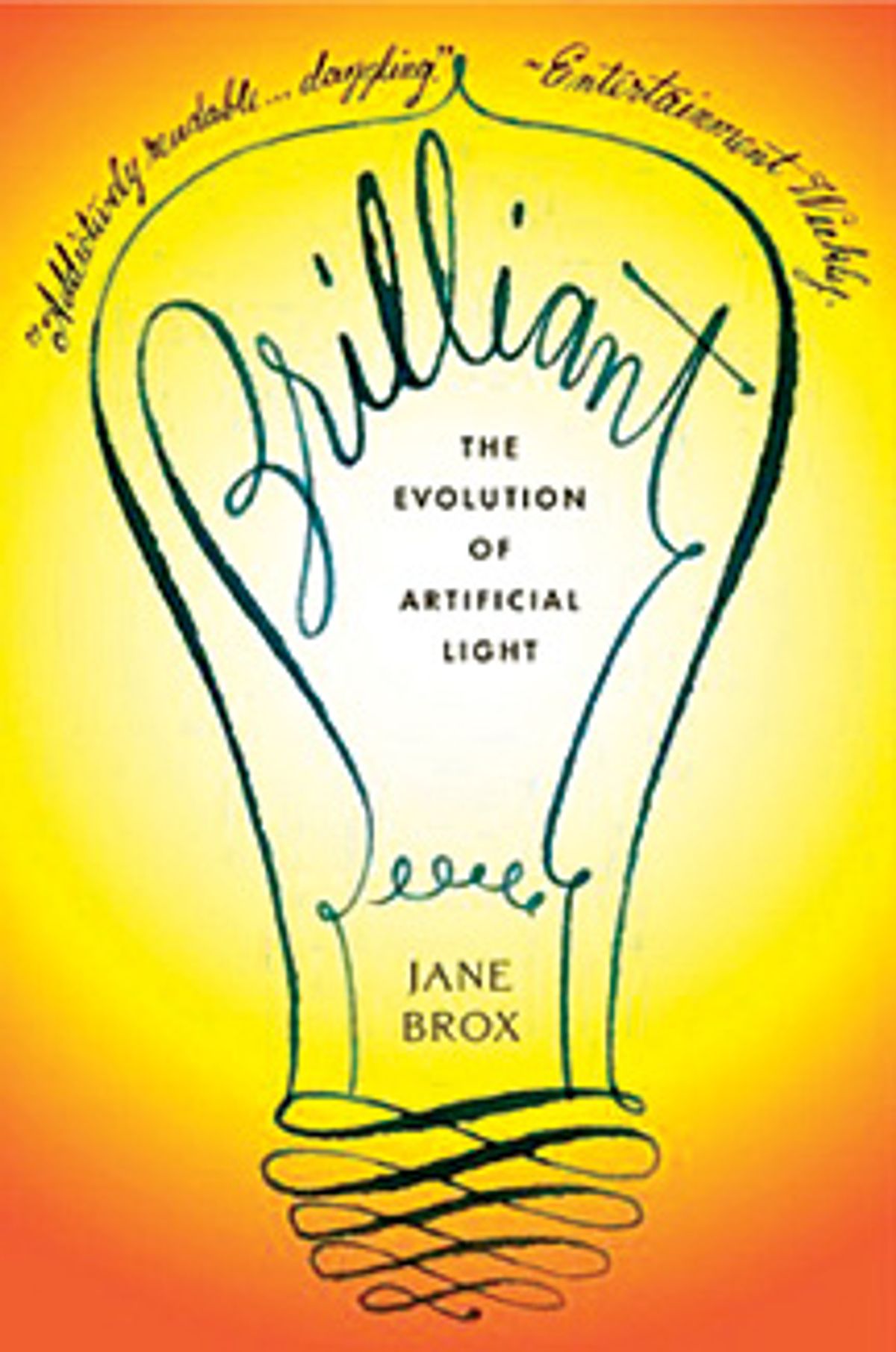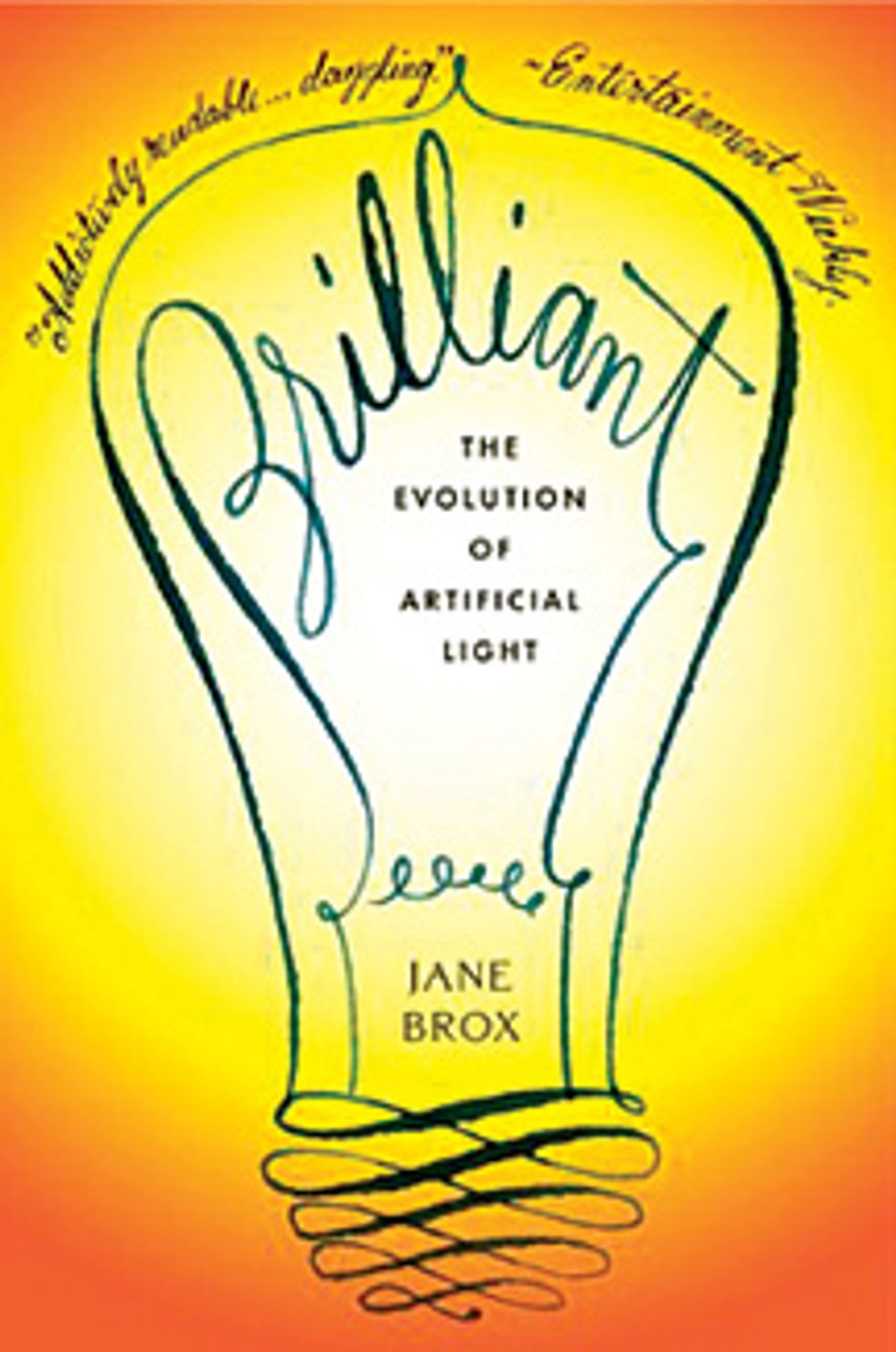Reviewed by Kieron Murphy
By Jane Brox; Houghton Mifflin Harcourt, 2010; 320 pp.; US $25; ISBN: 978-0-547-05527-5
How well do you see in the dark?
If you’re reading these words, the answer is, not so well. That’s because you live in the developed world, where you rarely find yourself completely in the dark. Each day, the places that have never been illuminated by artificial light get fewer and fewer. Each day, the human race consists less of a species that adapted to darkness and more like one adapted to brightness. That’s the idea of a smart new book by Jane Brox, a chronicler of rural traditions, who now brings a unique viewpoint to the oft-told tale of man-made illumination.
As Brox reminds us, the parts of our eyes we use to see in the dark (our retinal rods) are different from those we use in the light (our retinal cones). As day turns to night, we need about an hour to make the transition. Until we learned to make fire, our only nighttime light came from the moon and stars above. Mere eons later, we progressed to oil lamps to candles to gas lanterns, to our second greatest invention: electric lights. Brox illuminates each of these eras poignantly.
Her little book shines most, though, when she deals with the story of the incandescent lightbulb. The narrative of Thomas Edison, Nikola Tesla, and its other inventors still evokes fascination. More than any other breakthrough, the combination of electric power and lighting has changed the course of humanity for the better in a briefer span than all the advances before it, going back to the advent of fire itself.
But Brox also cites a 1996 study by Dr. Charles Czeisler of Boston’s Brigham and Women’s Hospital on the influence that artificial light has on our biological clocks. Czeisler found that even modest exposure to lighting at night altered the circadian rhythm of humans. Indoor lights are responsible for shifting our ancient sleep cycle by as much as four to five hours, leading to an epidemic of modern insomnia. "Every time we turn on a light we are inadvertently taking a drug that affects how we will sleep and how we will be awake the next day," Czeisler concluded.
No wonder we feel so tired in the afternoon!
Brilliant is a trove of anecdotes, historical and otherwise, that should appeal to anyone who wants to know about how deeply technology affects us. It occasionally comes across a little more like a college lecture than the good yarn it aspires to be, a surprising failing for a writer who teaches creative nonfiction. Still, if you’re an engineering or science teacher, you should put this book on your students’ reading list, after checking it out yourself.
For more book reviews, see the full list.
About the Author
Kieron Murphy is a freelance contributor to IEEE Spectrum.

